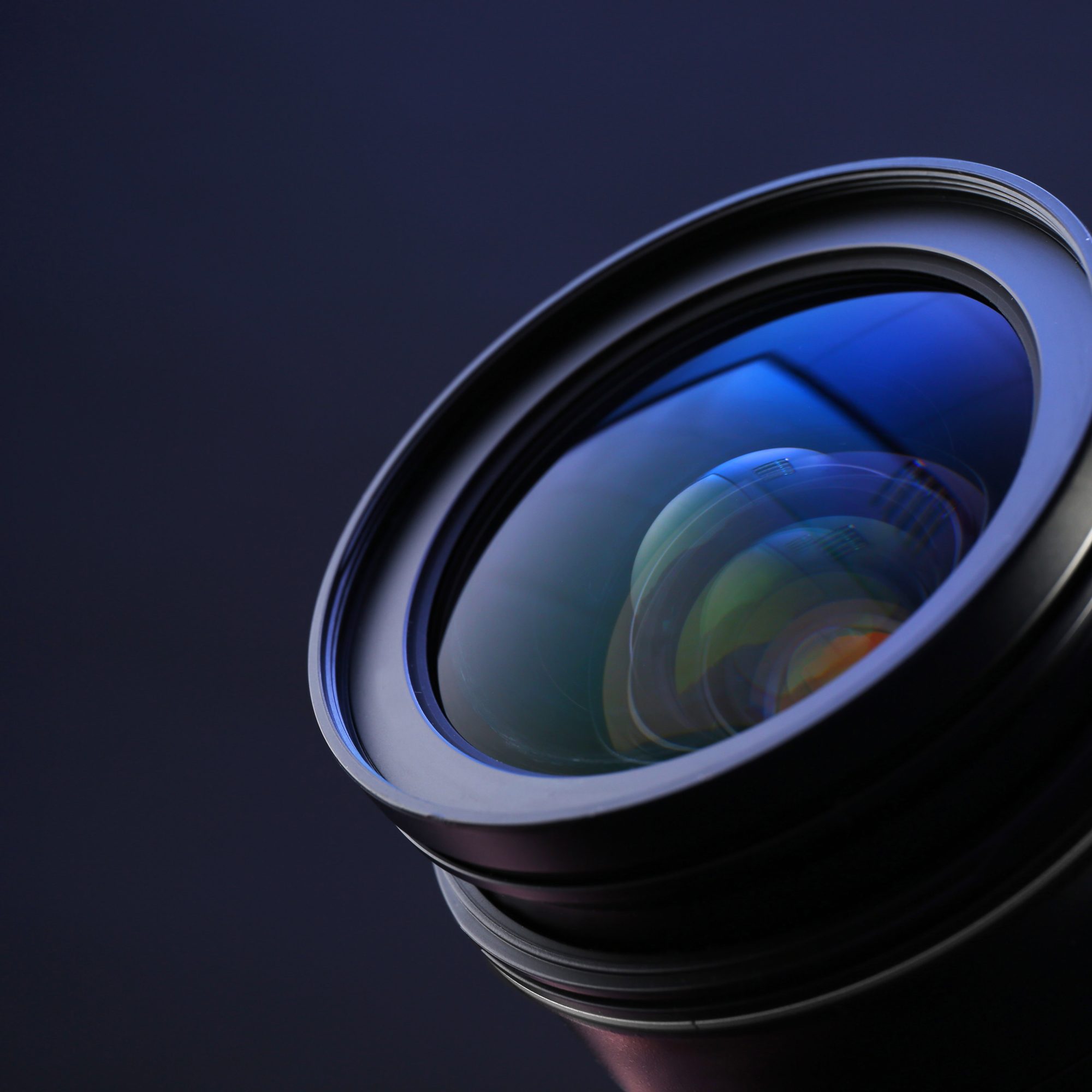‘Click!’ The camera shutter sounds off its familiar jingle. Isn’t it amazing how a simple push of a button can capture a moment that becomes a memory? But here’s a question to ponder: who owns that memory?
Now, I’m not talking about the sentimental value; that’s quite a different debate. I’m referring to the actual legal ownership of the photograph. A surprising fact that often leaves people stumped is the intricacy of intellectual property rights within the field of photography. This isn’t a game of checkers; it’s a chess match with it’s own strategy and rules.
Deciphering Photography Rights
Let’s set the scene – you’re walking along the street, and you spot a vibrant graffiti art installation. You snap a picture, capturing the vibrancy and raw emotion on your lens. Does the photo belong to you? Or does it belong to the elusive graffiti artist who used the city walls as his canvas? Now, what if there was a child playing in front of the graffiti? What does child photography ethics tell us about this scenario?
In the photography world, understanding intellectual property rights can feel like navigating a maze with no end in sight. But let’s try to simplify it, shall we? First off, the basic rule of thumb is: Whoever clicked the shutter owns the shot. Simple, isn’t it? But as with any rule, there are exceptions and nuances.
Consider our previous scenario; you, the graffiti, and the child. While you do own the photograph, you can’t necessarily use it however you please. If you decide to sell it or use it as a promotional material, it gets more complicated. The graffiti artist could claim you’re infringing on their rights – after all, that graffiti is their intellectual property. And if the child is identifiable in the image, it’s generally a no-go without the guardian’s consent, according to child photography ethics.
The Ethical Dilemma
‘Well, I didn’t know!’ – I can almost hear you say. And that’s precisely why these complex issues need more attention. We are all creators and consumers in this digital age, and we must ensure our actions are both legally and ethically sound.
Between the legalese and moral quandaries, it’s easy to feel overwhelmed. But like any complex issue, the key is awareness and education. By understanding the basics of intellectual property rights and the ethics related to photography, we can navigate this tricky terrain with greater confidence and respect for others’ rights. This is not just about avoiding legal pitfalls, but also fostering a culture of respect and mutual understanding in the photography community.
Whose Rights Really?
In the end, our initial question, ‘Whose rights are right?’ isn’t as black and white as it initially seemed. Just because you can click a button doesn’t mean you possess the right to use, sell, or distribute the captured image however you like. The rules of intellectual property are intricate and intertwined with ethical considerations, like respect for subjects’ privacy and acknowledgement of others’ creative work.
So, next time you’re poised to click that button, remember: with every shot taken, there’s a responsibility bestowed. Understand the rights, be mindful of the ethics, and uphold respect for all involved. Because in photography, every shot matters.


0 Comment